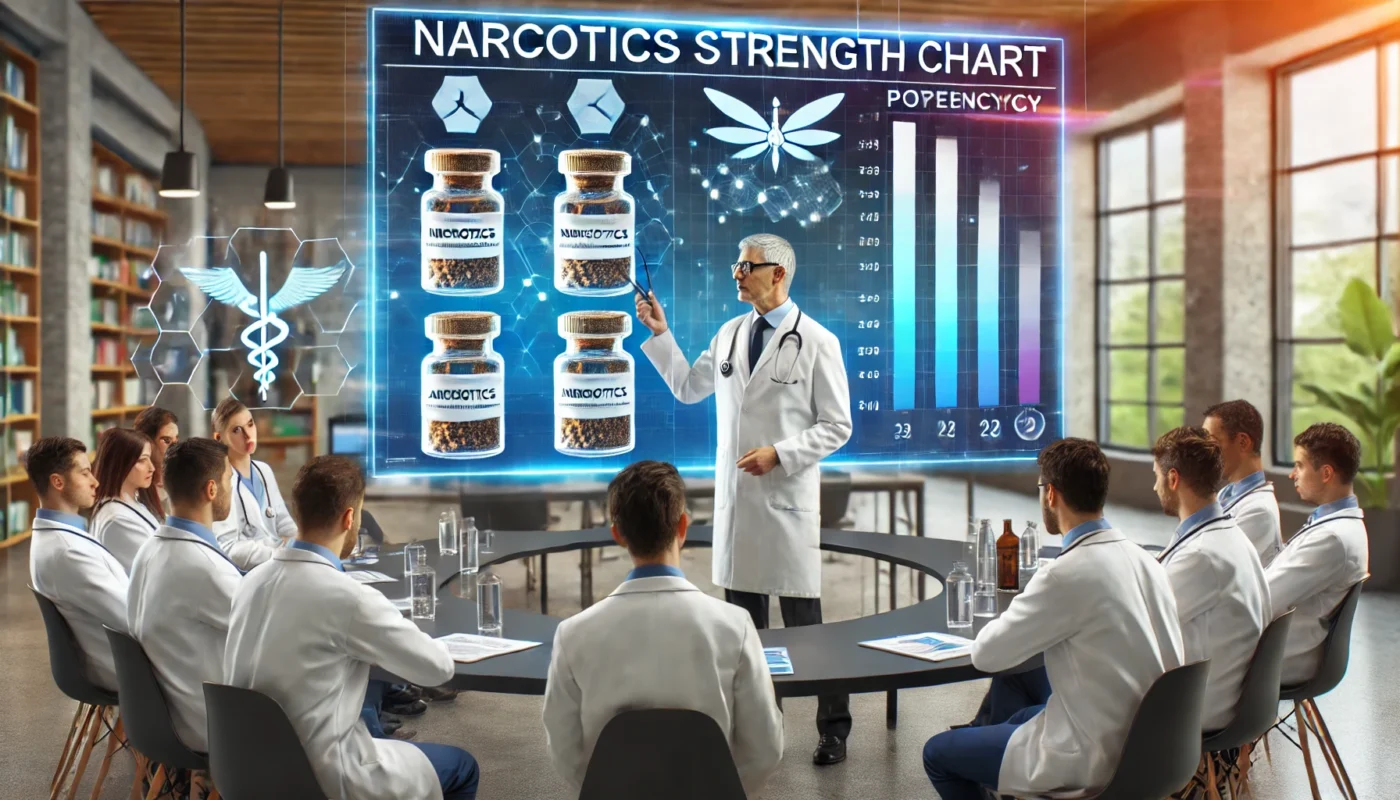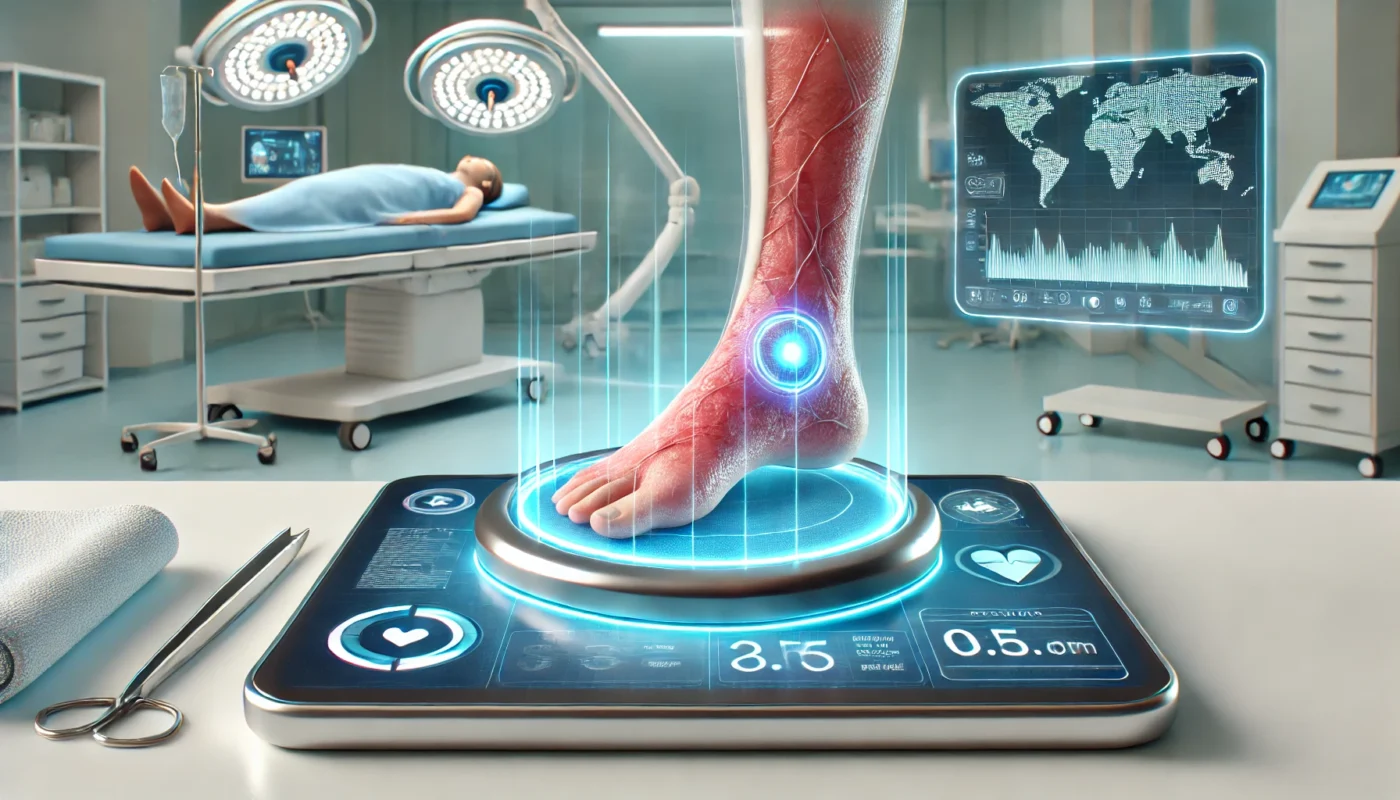Oxycodone is a semi-synthetic opioid derived from thebaine, an alkaloid found in the opium poppy. It is commonly used to treat pain that is not responsive to less potent analgesics. As a central nervous system depressant, it alters the way the brain and nervous system respond to pain, providing relief for individuals experiencing significant discomfort.
Tag Archives: Patient Education
Medication images play a pivotal role in identifying and differentiating various types of painkillers. They serve as a visual aid that enhances understanding, particularly for those who may struggle with medical terminology or have visual learning preferences.
Pain management can be a complex subject, especially when it involves medications like hydrocodone and hydromorphone. These opioids are crucial in managing severe pain, yet they often bring confusion due to their similarities and differences. This article aims to demystify these medications, offering a comprehensive guide on their usage, differences, and implications for health and wellness.
Morphine is a powerful analgesic used primarily in the treatment of severe pain. Derived from the opium poppy, Papaver somniferum, it belongs to a class of drugs known as opioids. Opioids are substances that act on opioid receptors in the brain to produce morphine-like effects, primarily pain relief.
Narcotics, particularly opioids, are potent medications used primarily for pain relief. Understanding their potency is crucial for effective pain management and minimizing the risk of overdose. The narcotics strength chart, or opioid strength table, provides a comparative analysis of the potency of various narcotics relative to one another.
Pain medications, or analgesics, are a diverse group of drugs used to relieve pain. They range from over-the-counter options to prescription medications, each with its own mechanism of action, efficacy, and side effect profile. Understanding how these medications work and their potential impact on the body is crucial for effective pain management.
In the complex realm of pain management, understanding your medication options is crucial. Whether you’re dealing with chronic pain, recovering from surgery, or managing an acute injury, selecting the right pain medication can significantly impact your recovery and quality of life. Today, we’ll delve into some of the most commonly used pain pills that start with the letter “M”, exploring their mechanisms, benefits, and considerations for use.
Chronic wounds are those that fail to heal in a predictable manner, often lingering for weeks or even months. Common examples include diabetic ulcers, pressure ulcers, and venous ulcers. These wounds can be debilitating, leading to significant discomfort and increased risk of infection. The complexity of chronic wounds necessitates a multifaceted approach to treatment, combining traditional and alternative therapies.
In recent years, the landscape of healthcare has seen a significant shift, with more individuals seeking out alternative medicine centers as a means to complement traditional medical treatments. These centers, often referred to as holistic treatment centers or offices of alternative medicine, are becoming increasingly popular across the globe. This article aims to delve into the factors contributing to the rise of these centers, their benefits, and what you need to know if you’re considering integrating alternative medicine into your health regimen.
In the realm of health and wellness, pain management stands as a critical component, especially within hospital settings. The experience of pain, whether acute or chronic, is a common challenge faced by patients, necessitating a comprehensive approach to alleviate this distress. Hospitals provide a range of medications designed to manage pain effectively, each with unique mechanisms and purposes. Navigating this landscape requires a thorough understanding of the types of medications used, their intended outcomes, and their interactions with the human body. Whether you’re a fitness enthusiast, health advocate, or medical patient, grasping these concepts can empower you to make informed decisions about your pain management options and enhance your overall healthcare experience.










